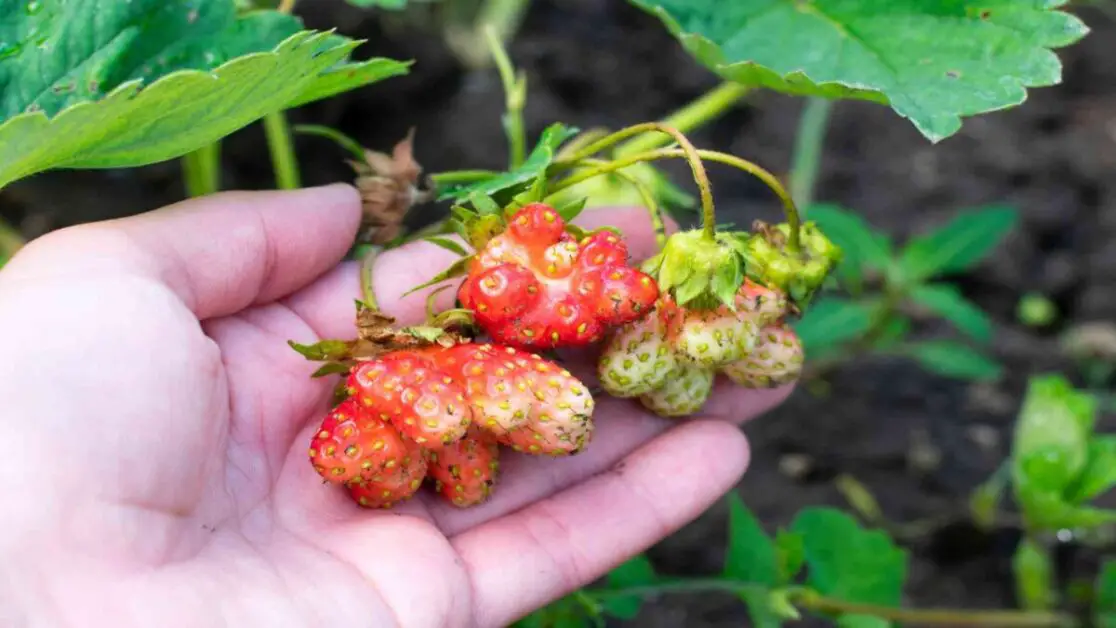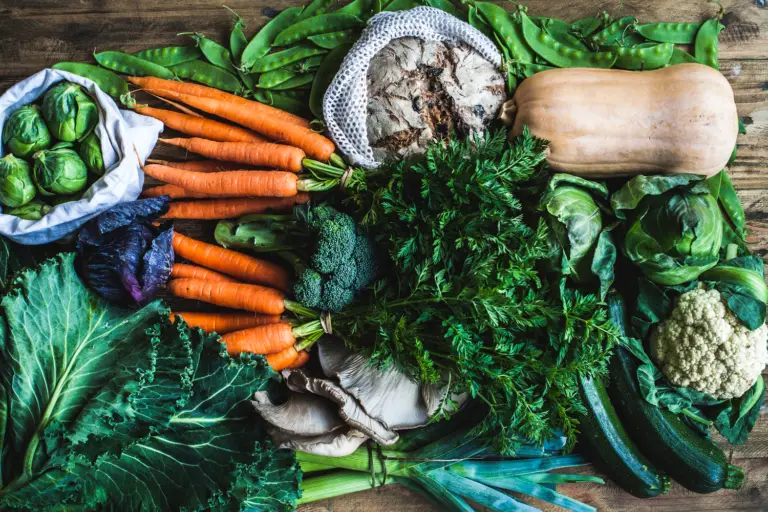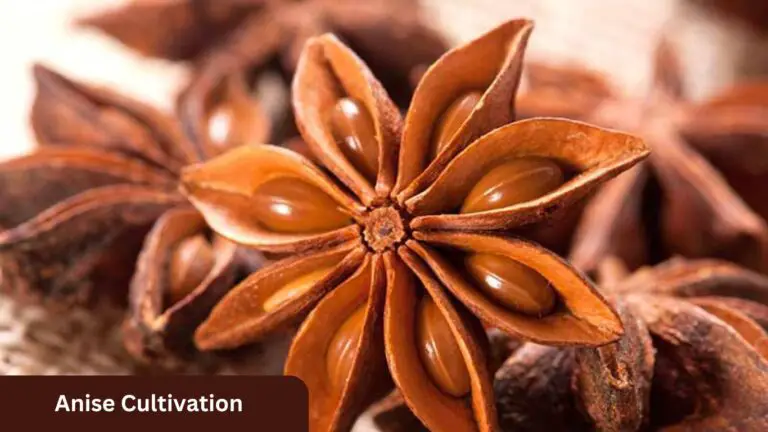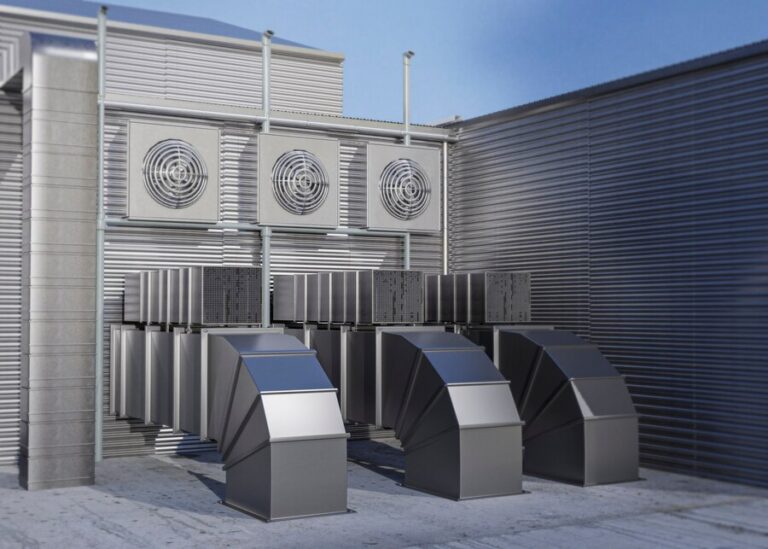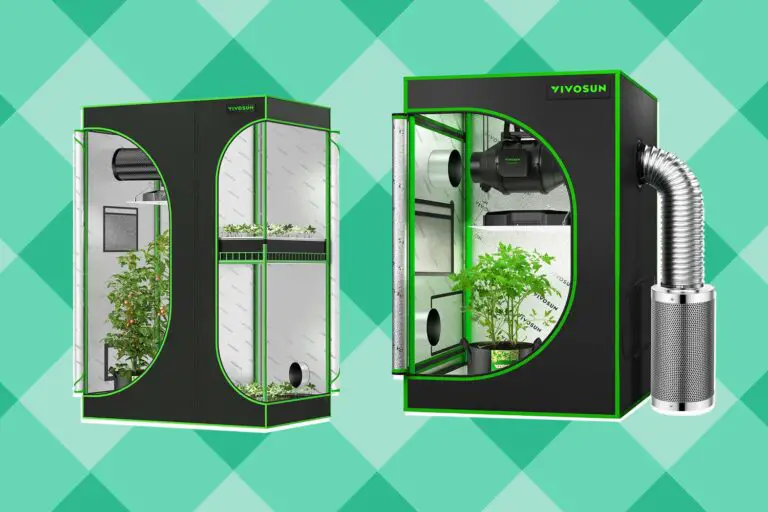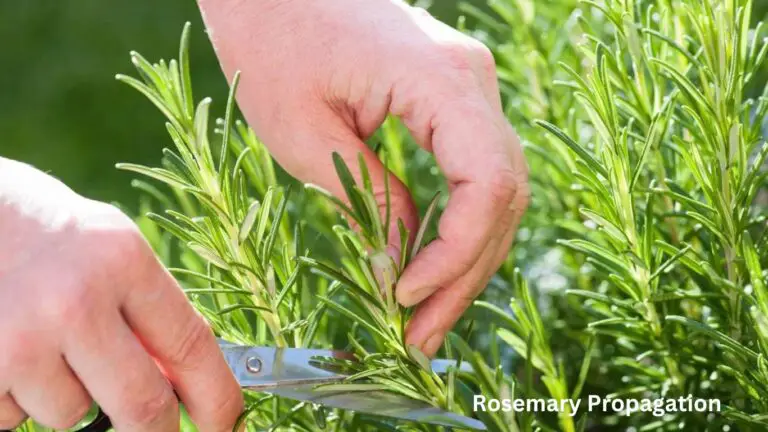Boron (B) Nutrient Deficiencies: Causes, Symptoms, and Solutions for Your Plants
Ever noticed your plants looking a little lackluster? It might not just be a lack of water or sunlight. Enter boron, the unsung hero of plant nutrition. But what exactly is boron, and why does it matter for your green friends? In this guide, we’ll dive into the fascinating world of boron deficiencies: what causes them, how to spot the signs, and most importantly, how to fix them. Whether you’re a seasoned gardener or just getting your hands dirty for the first time, understanding boron’s role in plant health is crucial. So, let’s roll up our sleeves and get to the root of the issue!
Table of Contents
Factors Contributing to Boron Deficiency in Plants
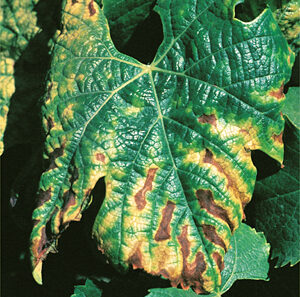
Factors contributing to boron deficiency in plants can vary depending on various circumstances and environmental factors.
- Low boron availability in the soil is a primary factor contributing to deficiencies. While boron is naturally present in most soils, its accessibility to plants can be hindered by soil pH, texture, and organic matter levels. Soils with acidic pH levels, sandy textures, or low organic matter content are prone to boron deficiency.
- Excessive leaching exacerbates boron deficiency. Heavy rainfall or irrigation practices that lead to excessive water movement through the soil can wash away boron, diminishing its accessibility to plant roots. This is especially prevalent in high rainfall areas or when plants are grown in sandy or well-drained soils.
- Certain soil amendments or fertilizers high in calcium or magnesium can exacerbate boron deficiency by reducing its availability to plants.
Recognizing the Early Symptoms of Boron Deficiency in Your Plants
Boron deficiency in plants can have detrimental effects on their growth and overall health. It is essential for gardeners and plant enthusiasts to be able to recognize the early symptoms of boron deficiency to address the issue promptly.

- Distorted Growth:
- Shortened internodes, resulting in a compact and bushy appearance.
- Leaves may become chlorotic (yellowing) or develop necrotic patches.
- Chlorosis often starts at leaf tips and edges before spreading inward.
- Severe cases can lead to leaf curling, wilting, or premature leaf drop.
- Stem Abnormalities:
- Development of hollow stems or cracks in the plant’s tissues.
- Weakened stem structure, making plants more susceptible to external damage (e.g., wind, pests).
- Reproductive Effects:
- Boron deficiency can impact flower development:
- Flowers may fail to form properly.
- Abnormalities such as incomplete petals.
- Reduced fertility or lack of pollination.
- Boron deficiency can impact flower development:
Remember that the severity and specific symptoms may vary based on the plant species. Regular soil testing and proper nutrient management are essential for maintaining healthy plants.By being vigilant and identifying these early signs, gardeners can take appropriate measures to address and prevent further boron deficiency.🌱🌿🌼
Impact of Boron Deficiency on Plant Growth and Development
Boron is an essential micronutrient for plant growth and development, playing a crucial role in various physiological processes. When plants experience boron deficiency, their growth and overall productivity can be severely impacted.

Common Plants Prone to Boron Deficiency
Boron deficiency can affect a wide range of plant species, but certain plants are more susceptible than others. Understanding which plants are commonly prone to boron deficiency can help gardeners and farmers take preventive measures and provide the necessary supplementation to ensure optimal growth and yield.
Malus domestica

One such plant is the apple tree (Malus domestica). Apples require a balanced supply of nutrients to produce healthy fruits, and boron plays a crucial role in their development. Insufficient boron can lead to abnormal cell division within the fruit, resulting in deformed apples. Additionally, boron deficiency hinders the transportation of sugars throughout the plant, affecting its overall growth and vigor.
cauliflower (Brassica oleracea var. botrytis)
Another plant that often exhibits signs of boron deficiency is the cauliflower (Brassica oleracea var. botrytis). Cauliflower requires an adequate supply of boron for proper curd development. Without sufficient boron, the curd may become distorted, smaller in size, or fail to form altogether. Recognizing the early symptoms of boron deficiency in these common plants, as well as others, is crucial for timely intervention and ensuring healthy crop production.
Recognizing early symptoms of boron deficiency in these common plants is crucial for timely intervention and ensuring healthy crop production.
Soil Conditions and pH Levels that Affect Boron Availability
Soil conditions and pH levels play a crucial role in the availability of boron to plants. Boron availability can be significantly influenced by the soil’s texture, organic matter content, and moisture levels. Sandy soils, for example, tend to have lower boron retention capacity compared to clay soils, which can result in higher leaching and reduced boron availability to plants.
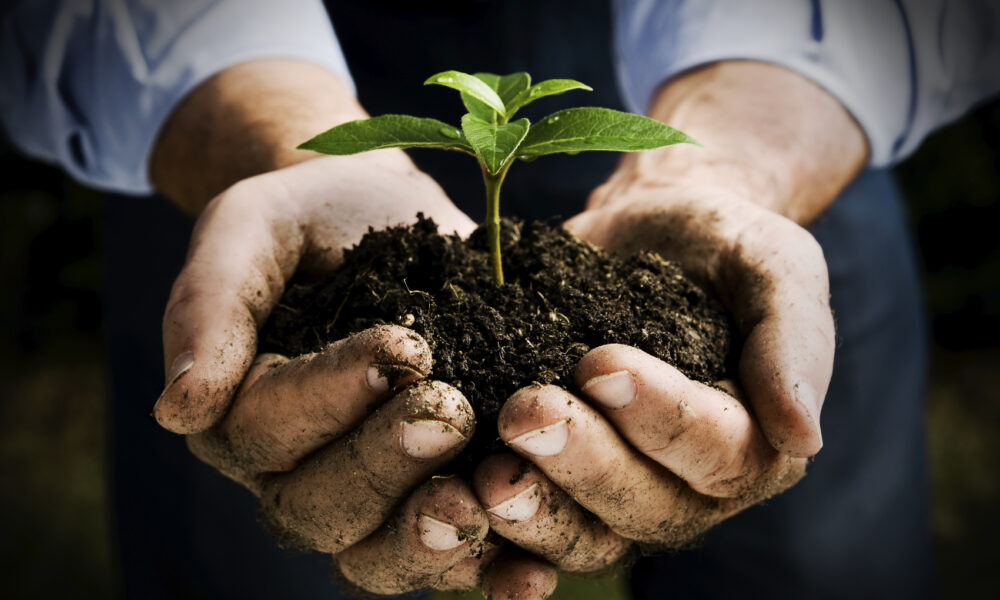
- Additionally, pH levels also influence the uptake and availability of boron.
- Acidic soils with pH levels below 6.0 tend to have higher boron availability, while alkaline soils with pH levels above 7.5 may limit boron uptake.
- This is because changes in pH can affect the solubility and mobility of boron in the soil, thereby influencing its accessibility to plant roots.
- Understanding the soil conditions and pH levels that affect boron availability is crucial for effective plant nutrition management.
By addressing soil texture, organic matter content, and moisture levels, as well as monitoring and adjusting pH levels, gardeners and growers can optimize boron uptake by plants and ensure healthy growth and development.
Testing Soil for Boron Levels to Identify Deficiency
Testing soil for boron levels is crucial in identifying deficiencies that may be limiting plant growth and development. Boron is an essential micronutrient for plants, but excessive or inadequate levels can cause detrimental effects. To accurately assess the boron status of your soil, there are several testing methods available.
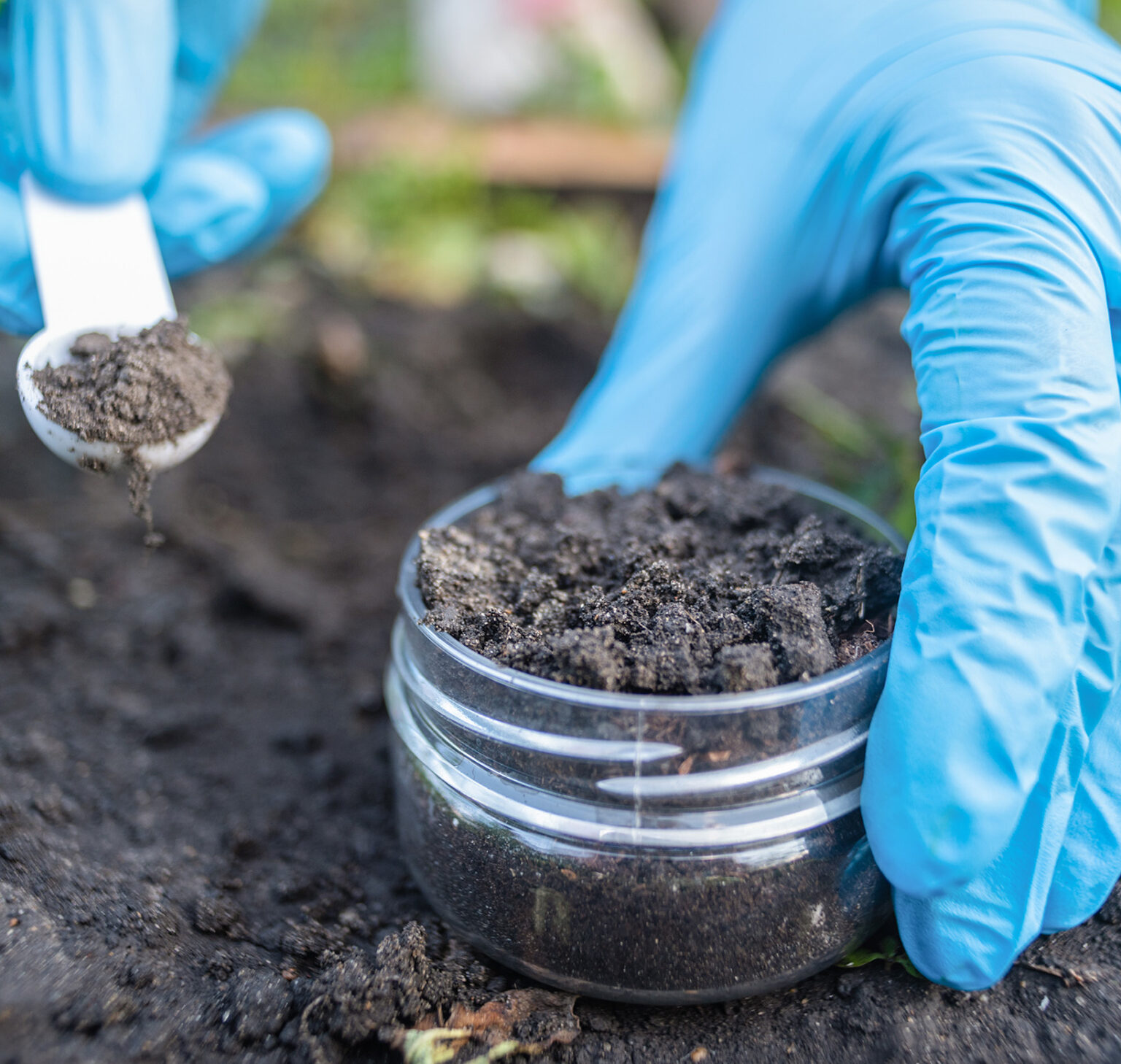
- Soil Extraction Method:
- Procedure:
- Collect a soil sample from the desired area.
- Mix the soil sample with a specific extractant solution (e.g., diethylene triamine pentaacetic acid, DTPA).
- The solution releases and solubilizes boron from the soil.
- Analyze the solution using techniques such as colorimetry or inductively coupled plasma-atomic emission spectroscopy (ICP-AES).
- Results:
- Boron content is expressed in parts per million (ppm) or milligrams per kilogram (mg/kg) of soil.
- Procedure:
- Soil Test Kits:
- Procedure:
- Use commercially available soil test kits.
- Extract soil samples using the provided solution in the kit.
- Observe color changes or intensity based on the presence of boron.
- Compare results to a color chart or use a handheld meter.
- Considerations:
- Follow instructions carefully.
- Regularly calibrate the equipment for accuracy.
- Procedure:
- Sampling Considerations:
- Collect multiple soil samples from different areas within your garden.
- Account for spatial variations in boron content.
- Comprehensive assessment provides a more accurate representation of soil boron status.
Remember that proper soil testing helps you make informed decisions about nutrient management and ensures healthy plant growth. By identifying boron deficiencies early on, you can take proactive measures to amend the soil and maintain optimal conditions for healthy plant growth.🌱🌿🌼
Strategies for Preventing Boron Deficiency in Plants
Preventing boron deficiency in plants is crucial for maintaining healthy growth and productivity. Fortunately, there are several strategies that gardeners can employ to ensure optimal boron levels in their plants.

- Conduct regular soil tests to assess the boron levels in your garden and identify deficiencies. Adjust fertilization practices based on soil boron content to provide adequate nutrients to your plants.
- Incorporate organic matter into the soil to prevent boron deficiency. Materials like compost or well-rotted manure improve soil structure and nutrient content, enhancing boron availability as they decompose.
- Practice proper irrigation techniques to prevent boron deficiency. Maintain consistent soil moisture levels to ensure optimal boron uptake by plants. Efficient irrigation methods like drip irrigation can help achieve this balance and prevent water-related boron issues.
- Select plant varieties less prone to boron deficiency. Some plants have higher boron requirements, so choosing boron-tolerant or resistant varieties can minimize the risk of deficiency. Tailor your plant selection to match your soil conditions and prevent boron-related problems.
By implementing these strategies and monitoring boron levels in your garden, you can proactively prevent boron deficiency in plants. Ensuring an adequate and balanced supply of this important micronutrient will support vigorous growth, optimal development, and overall plant health.
Organic and Inorganic Sources of Boron for Plant Nutrition
Boron is an essential micronutrient required for the optimal growth and development of plants. It plays a crucial role in various physiological processes, including cell wall synthesis, sugar transport, and nitrogen metabolism. To ensure that your plants receive adequate boron nutrition, it is important to understand the different organic and inorganic sources of this micronutrient.

- Organic Sources:
- Compost: Yard waste or kitchen scraps can be rich in boron and other nutrients.
- Manures: Animal manures (e.g., from cows or chickens) contain appreciable amounts of boron.
- Organic Fertilizers: Derived from natural sources (e.g., kelp meal, bone meal), providing slow-release boron.
- Inorganic Sources:
- Commercial Boron Fertilizers: Highly concentrated boron products.
- Forms: Borax, boric acid, etc.
- Application: Soil application or foliar sprays.
- Monitoring:
- Regular soil testing to assess boron levels.
- Adjust supplementation based on test results.
Whether using organic or inorganic sources of boron, it is crucial to monitor the boron levels in the soil regularly. This can be done through soil testing, which will help determine the appropriate amount of boron supplementation needed for your plants. By understanding the various sources of boron and their application methods, you can ensure that your plants receive sufficient boron nutrition to thrive and flourish.
After incorporating GS Plant Foods fertilizer concentrate into my gardening routine, I’ve witnessed remarkable results. The concentrated formula, enriched with kelp meal, provided my plants with a powerful blend of nutrients essential for their growth and vitality. Not only did I notice improved overall health and resilience in my garden, but the organic nature of the fertilizer also aligned perfectly with my eco-conscious gardening principles. Its versatility and ease of use made application a breeze, ensuring precise dosing and efficient absorption by my plants. Overall, this fertilizer has become a staple in my gardening arsenal, consistently delivering impressive results with each application.
After using Burpee Organic Bone Meal fertilizer in my garden, I’m impressed with the results. The high phosphorus content has significantly improved the root development and flowering of my plants, leading to healthier and more productive growth. Its organic nature aligns perfectly with my gardening ethos, and the slow-release formula ensures a steady supply of nutrients over time. Despite its potential odor during application, the benefits far outweigh any minor inconvenience. Overall, it’s become an essential part of my gardening routine, delivering fantastic results with each use.
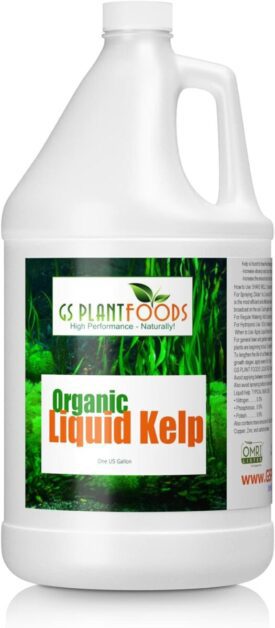
✅ Organic Option: Made from natural ingredients, including kelp meal, this fertilizer is an environmentally friendly choice for organic gardening enthusiasts.
✅ Versatile Application: Suitable for a wide range of plants, from vegetables and fruits to flowers and ornamentals, offering versatility in gardening applications.
✅ Nutrient-Rich: Kelp meal is known for its high nutrient content, including trace minerals, vitamins, and growth hormones, promoting overall plant health and resilience.
✅ Easy to Use: The liquid concentrate form simplifies application, allowing for precise dosing and efficient nutrient uptake by plants.
❌ Odor: Kelp meal-based fertilizers may have a distinct seaweed odor, which could be off-putting to some users during application.
❌ Shelf Life: Liquid fertilizers may have a shorter shelf life compared to dry formulations, requiring proper storage to maintain efficacy over time.
❌ Nutrient Variability: While kelp meal is nutrient-rich, the exact nutrient composition can vary depending on factors such as sourcing and processing methods, potentially affecting consistency in plant response.
❌ Application Frequency: Depending on the specific needs of your plants, frequent application may be required to maintain optimal nutrient levels, leading to more frequent purchases and applications.
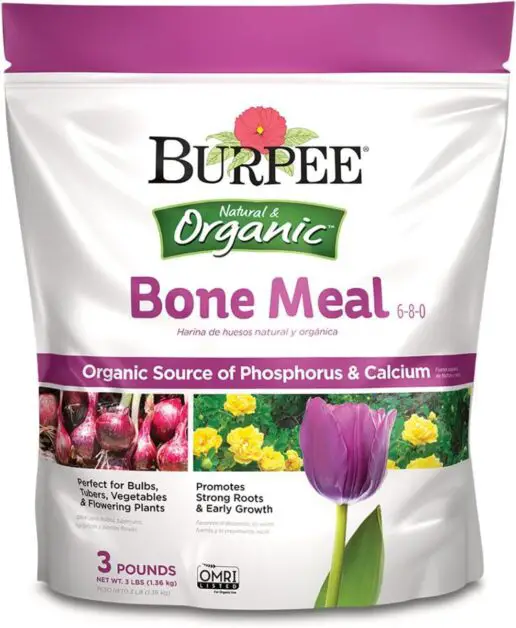
✅ High Phosphorus Content: Bone meal is rich in phosphorus, a vital nutrient for root development, flowering, and fruiting in plants, enhancing overall plant health and productivity.
✅ Slow-Release: The slow-release nature of bone meal ensures a steady and consistent supply of nutrients to plants over time, supporting sustained growth and development.
✅ Versatile Use: Suitable for a wide range of plants, including vegetables, flowers, and shrubs, providing flexibility in gardening applications.
✅ Improves Soil Structure: In addition to nutrient content, bone meal also helps improve soil structure, enhancing water retention and aeration for healthier root systems.
❌ Breakdown Time: The slow-release nature of bone meal means that it may take some time for nutrients to become available to plants, requiring patience for noticeable results.
❌ Limited Micronutrients: While rich in phosphorus, bone meal may have limited micronutrient content compared to other fertilizers, necessitating supplementation for comprehensive plant nutrition.
❌ Storage Considerations: Proper storage is essential to prevent moisture absorption and clumping, which can affect the effectiveness and application of the fertilizer.
❌ Potential for Overuse: Excessive application of bone meal can lead to phosphorus buildup in the soil, causing nutrient imbalances and potentially harming plants, so it’s important to follow recommended dosage guidelines.
Methods of Applying Boron to Correct Deficiencies
- Foliar Sprays provide a direct and quick supply of boron to plants, especially when deficiency symptoms are visible. This method involves spraying a boron-containing solution onto the leaves, ensuring rapid absorption. Follow recommended dosages and application frequencies to prevent leaf burn or other adverse effects. Apply foliar sprays during cooler temperatures, such as early morning or late evening, for better nutrient absorption.
- Soil applications involve incorporating boron fertilizers or amendments into the soil to make the nutrient available to plant root. Choose boron sources based on soil type, pH, and plant requirements. Common options include borax, boric acid, and boron-enriched compost or manure. Tailor the application method to suit your specific growing conditions and plant needs for effective correction of boron deficiencies.
It is important to evenly distribute the boron source in the root zone and avoid excessive application, as high levels of boron can be toxic to plants. Incorporating the boron source into the soil prior to planting or as a top dressing during the growing season are effective application methods.
Dosage and Timing Considerations for Boron Application
Dosage and timing considerations for boron application are crucial for ensuring optimal plant growth and preventing any potential negative effects.
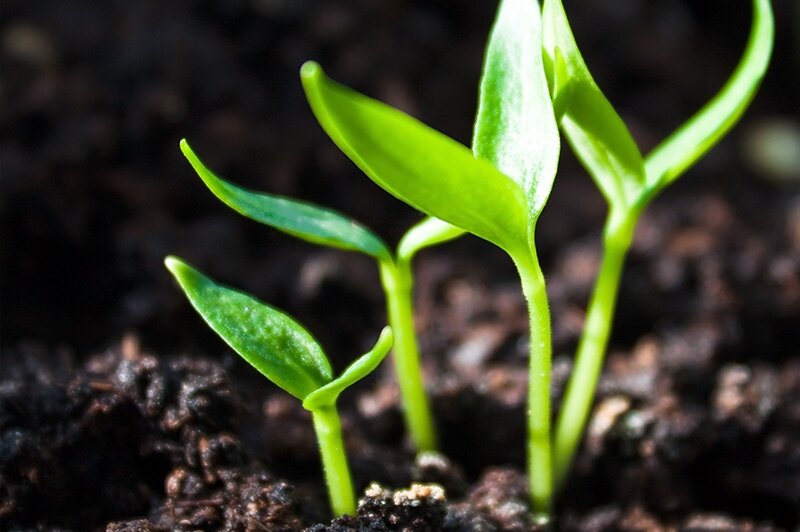
- Dosage Factors:
- Consider plant type, soil conditions, and deficiency severity.
- Conduct a soil test to determine current boron levels.
- Divide Dosage:
- Instead of applying all at once, divide the total boron dosage.
- Multiple applications throughout the growing season are recommended.
- Prevent Excessive Accumulation:
- Excessive boron can harm plant health.
- Controlled application prevents accumulation.
- Timing:
- Apply boron during early growth stages or before flowering.
- Maximize its impact on plant development.
It is worth noting that the specific dosage and timing considerations may vary depending on the plant species and regional conditions. Therefore, it is advisable to consult with a local extension service, agronomist, or horticulture expert to obtain personalized recommendations tailored to your specific gardening needs.
Monitoring and Evaluating the Effectiveness of Boron Supplementation
Monitoring and evaluating the effectiveness of boron supplementation is essential for ensuring optimal plant growth and addressing any existing deficiencies.
- Tissue Analysis:
- Regularly analyze plant tissues (e.g., leaves, stems) for boron content.
- Helps determine if boron supplementation meets plant needs.
- Use techniques such as colorimetry or inductively coupled plasma-atomic emission spectroscopy (ICP-AES).
- Results expressed in parts per million (ppm) or milligrams per kilogram (mg/kg) of tissue.
- Plant Growth Monitoring:
- Observe plant growth and development over time.
- Measure variables such as:
- Plant height.
- Leaf size.
- Fruit production.
- Overall plant vigor.
- Assess the impact of boron on plant health.
- Symptom Observation:
- Look for persisting symptoms of boron deficiency:
- Distorted growth.
- Necrotic leaf tips.
- Evaluate the need for continued supplementation.
- Look for persisting symptoms of boron deficiency:
By combining these approaches, gardeners and farmers can optimize boron levels and ensure healthy plant growth. 🌱🌿🌼
| Monitoring and Evaluating Boron Supplementation | Key Actions and Considerations |
|---|---|
| 1. Soil Testing | – Baseline Analysis: Conduct a soil test before boron supplementation. |
| – Regular Monitoring: Periodically test soil to track boron levels. | |
| 2. Leaf Tissue Analysis | – Collect Leaf Samples: Monitor boron content in plant leaf tissues. |
| – Seasonal Analysis: Perform leaf tissue analysis at different growth stages. | |
| 3. Symptom Observation | – Early Detection: Monitor plants for signs of boron deficiency symptoms. |
| – Leaf Discoloration: Look for discoloration, necrosis, or stunted growth. | |
| 4. Foliar Application | – Proper Timing: Apply boron foliar sprays during critical growth periods. |
| – Observation Period: Evaluate plant response post-foliar application. | |
| 5. Plant Growth and Yield Metrics | – Height and Size: Assess overall plant growth and development. |
| – Yield Measurement: Measure the yield of fruits, seeds, or edible parts. | |
| 6. pH and Nutrient Interactions | – Optimal pH Range: Ensure soil pH is within the suitable range for boron availability. |
| – Check Nutrient Interactions: Monitor the interaction of boron with other nutrients. | |
| 7. Adjustments and Reassessment | – Modify Supplementation: Adjust boron application based on monitoring results. |
| – Periodic Reassessment: Continuously reassess and adapt boron supplementation. |
Expert Tips for Maintaining Optimal Boron Levels in Plants
Maintaining optimal boron levels in plants is crucial for their growth and development. As an expert in plant nutrition, I will provide you with some valuable tips to ensure that your plants receive the appropriate amount of boron they need to thrive.
- Regular soil testing is essential to monitor boron levels and identify deficiencies. Soil testing kits are readily available for accurate results, and consulting with local agricultural extension offices or professional labs can provide more precise measurements and recommendations.
- Choose the appropriate boron supplementation source based on soil test results and plant needs. Organic sources like composted manure, bone meal, and seaweed extracts, or inorganic sources such as borax and boric acid, offer different options. Consider the specific requirements of your plants when selecting the supplementation source.
- Timely application of boron is crucial to prevent deficiencies or toxicity. Follow recommended dosages and timing for application to ensure optimal absorption by plants without causing harm. Maintain a regular schedule for boron application tailored to the needs of your plant species.
By following these expert tips, you can effectively maintain optimal boron levels in your plants, ensuring healthy growth and vibrant blooms. However, it is essential to continue monitoring the effectiveness of your boron supplementation and make adjustments as needed. Stay attentive to your plants’ response and consult with professionals if you encounter any issues or need further guidance.
Watch video for more information :
FAQ
Can plants get enough boron from the soil alone?
In most cases, plants cannot get enough boron from the soil alone. Boron deficiency is a common issue, and supplementation is often necessary to ensure optimal plant growth.
What are some signs that my plants may be suffering from boron deficiency?
Signs of boron deficiency in plants include stunted growth, yellowing or browning of leaves, distorted or wrinkled leaves, and poor flower or fruit development.
Are all plants equally prone to boron deficiency?
No, different plants have varying susceptibility to boron deficiency. Some plants, such as legumes, apples, and pears, are more prone to boron deficiency than others.
How can I test my soil for boron levels?
Soil testing kits or professional laboratory analysis can be used to determine the boron levels in your soil. This will help identify if your plants are experiencing a boron deficiency.
What are the recommended strategies for preventing boron deficiency in plants?
To prevent boron deficiency in plants, it is essential to ensure proper soil conditions and pH levels, maintain adequate organic matter levels, and provide appropriate boron supplementation when needed.
What are the organic and inorganic sources of boron for plant nutrition?
Organic sources of boron include composted manure, bone meal, and seaweed extracts. Inorganic sources include borax and boron oxide.
How should I apply boron to correct deficiencies in my plants?
Boron can be applied to plants through foliar sprays, soil amendments, or fertigation. The method of application depends on the specific needs of the plant and the severity of the deficiency.
Is there a specific dosage and timing for boron application?
The dosage and timing of boron application depend on the plant species, soil conditions, and the severity of the boron deficiency. It is essential to follow the recommended guidelines provided by experts or soil testing results.
How can I monitor the effectiveness of boron supplementation?
Monitoring the effectiveness of boron supplementation can be done by observing the plant’s growth and development, as well as regularly testing the soil for boron levels. Adjustments to the supplementation approach may be necessary based on these observations.
What are some expert tips for maintaining optimal boron levels in plants?
Experts recommend regularly testing the soil for boron levels, using a balanced fertilizer that includes essential micronutrients, and monitoring the overall health of the plants to catch any early signs of boron deficiency. Proper irrigation and soil management practices also contribute to maintaining optimal boron levels.

Studied Agricultural Engineering-Plant Protection at University of California, Davis.
Head of Content writing team at Southelmontehydroponics.com

